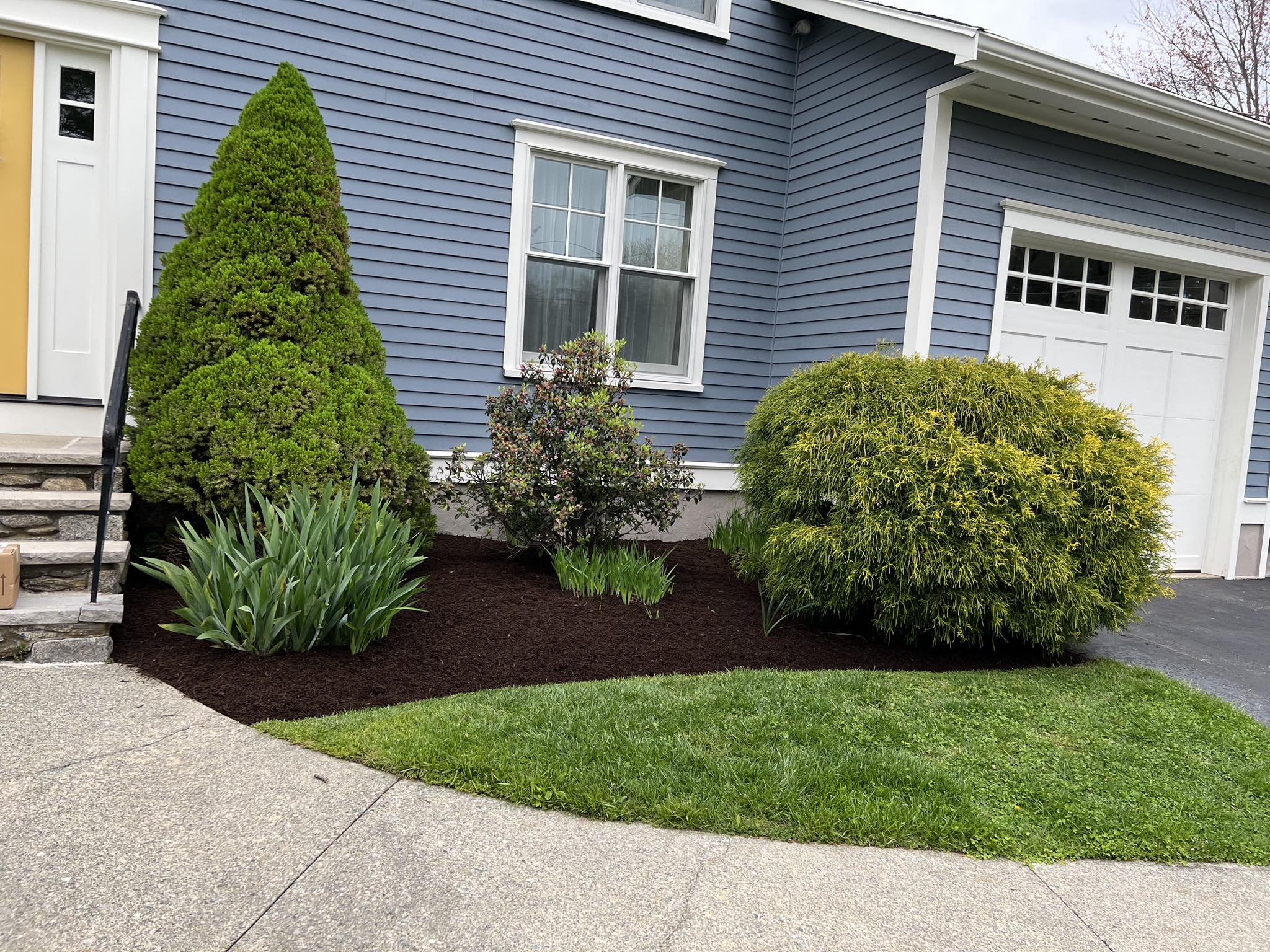
Nature's Canvas: Integrating Artistic Plant Design into Your Landscape Nov 11, 2025
Incorporating artistic plant design into your landscape starts with understanding the fundamentals of landscape design principles. These principles include unity, balance, proportion, variety, emphasis, and sequence. Unity entails a cohesive theme that ties the entire space together, often achieved through consistent plant selection or repeating elements. Balance, whether symmetrical or asymmetrical, ensures that your landscape feels composed and visually pleasing. Proper proportion creates a natural gradation of plant sizes and textures to match the scale of your home and yard. Meanwhile, variety and emphasis introduce visual interest and focal points to capture attention, whereas sequence guides the viewer’s eye through the landscape smoothly.
Consider the role of color in your landscape as a vital component of artistic design. The strategic use of color can evoke emotions and influence mood. For instance, cool colors such as blues, purples, and greens have a calming effect and can make spaces appear larger and more tranquil. Warm colors like reds, oranges, and yellows can create intimacy and dynamic energy. At D.S. Landscaping & Construction, we recommend using a color wheel to plan complementary or contrasting schemes that coax the desired emotional response from your spaces.
Texture also plays a crucial role in landscape artistry. Different plants offer a variety of textures, from the smoothness of hosta leaves to the rough, sculptural lines of succulents. By combining plants with varying textures, you add depth and interest, ensuring that your landscape remains engaging throughout the seasons. Ground covers, shrubs, trees, and flowering plants should be selected not only for their aesthetic appeal but also for their ability to thrive in your climate and soil conditions.
Selecting plants native to your region or those well-adapted to your local climate is a key step in achieving a sustainable and environmentally friendly landscape. Native plants typically require less water, are disease-resistant, and support local wildlife, ensuring that the beauty of your design is matched by its ecological responsibility. Our team at D.S. Landscaping & Construction is adept at identifying and sourcing native plant species that blend seamlessly with innovative design elements.
The art of plant design is as much about the absence as it is about presence. Open spaces or negative spaces allow each element to breathe and stand out, providing balance and preventing overcrowding that could detract from your design. Whether it’s a flowing lawn area or a simple gravel path, these features contribute to the overall fluidity and structure of your landscape.
In conclusion, integrating artistic plant design into your landscape can transform your outdoor spaces into a harmonious and visually appealing extension of your home. By focusing on design principles, the strategic use of color and texture, and the selection of appropriate plants, you create not only a beautiful landscape but also a haven that respects and enhances the natural environment. Let D.S. Landscaping & Construction guide you in crafting a landscape that reflects your personality and elevates your outdoor experience to an art form. Explore the endless possibilities of your nature’s canvas and cultivate a garden that inspires awe and tranquility.
/filters:no_upscale()/media/d4c7fe34-f07f-44fe-8ab5-d29a013be15e.jpeg)
/filters:no_upscale()/filters:format(webp)/media/724894ee-4a04-4931-9bc1-0c679a0596f5.jpeg)